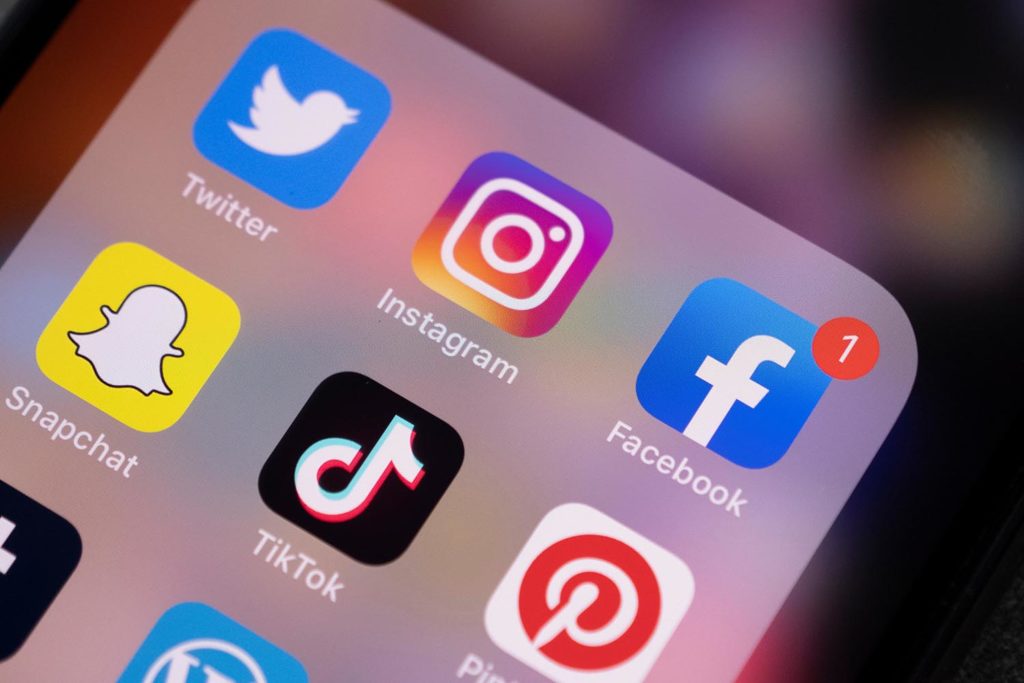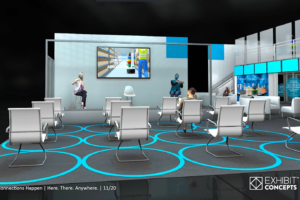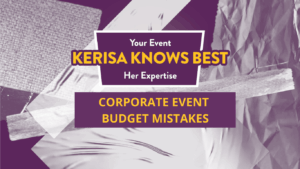Social media is a crowded, competitive, and exciting space. When attending a show, hundreds of other brands are vying for the attention of attendees on social platforms. You’re fighting algorithms and working to craft killer posts that thumb scrollers can’t resist passing in their feeds. All the while, you’re meticulously tracking the ROI to ensure your strategy isn’t falling flat.
When you’re on the show floor, you’re balancing social with set-up, ensuring that booth staff is trained, interacting with attendees, and putting out any “wildfires” that might arise. While some things will be out of your control, having a set plan for keeping your social strategy in-line with your face-to-face marketing efforts will help bring you peace of mind.
Here’s what you can do to generate social buzz for your trade show experience.
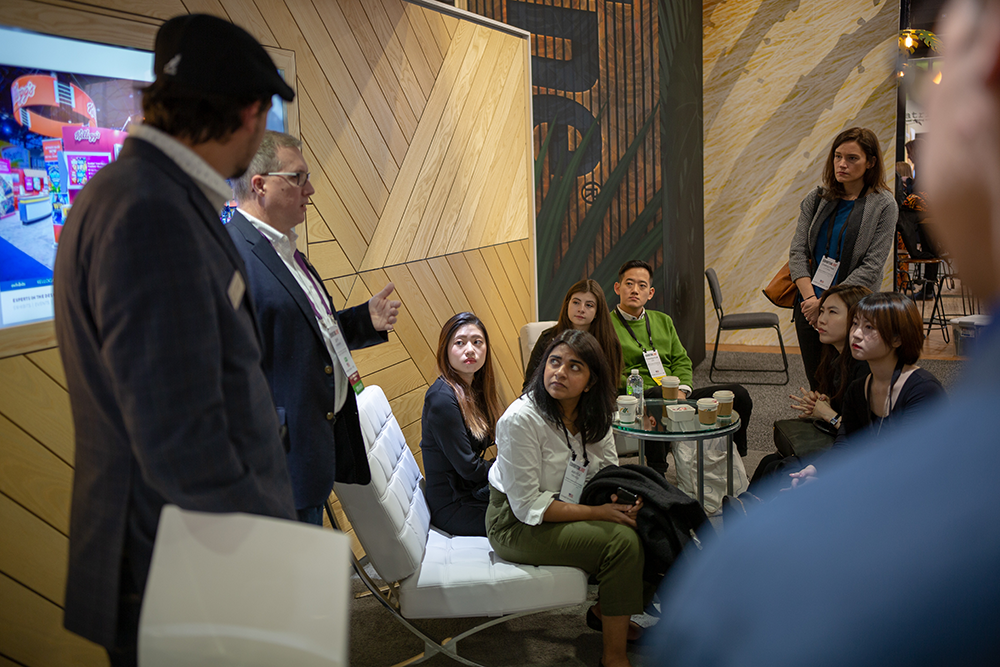
1. Have a Plan
Okay, this is obvious, but we have to say it. Before your boots (or heels) hit the show floor, you should have your goals and objectives for social exposure outlined for all involved parties. How you promote your event or booth is dependent on your overall marketing strategy and brand messages. Social media isn’t an afterthought; like all other marketing efforts, you need to be strategic and creative before you blast a message to your following. Great thought-starter questions you might ask as you delve into your plan might be:
- What are your overall objectives or goals for the trade show?
- What is the most important message you want to solidify in your audience or attendees’ minds?
- What social platforms drive the best ROI for your business?
- What metrics will you be tracking on your social platforms? This could be social reach, social web traffic, social engagement, social shares, or social video views.
- What resources are at your disposal to manage each social platform? This includes content creators, tools, and a staff member specifically tasked with posting or social listening. With every other task you’re juggling, don’t try to manage social alone.
You’ll also want to conduct some research outside of your channels to make your messages more discoverable. Check the show organizer’s website and social channels to find the trade show’s official hashtag(s). Also, search for active, relevant hashtags on each platform and document them for reference later as you or your team are posting. Don’t spam your hashtags with your posts, either. On Instagram, the sweet spot is a maximum of ten, while the sweet spot on Twitter is just two. Track the effectiveness of hashtags before your event to find the perfect medium.
For inspiration, conduct a competitive analysis. By doing some “social listening,” you can follow hashtags and create lists with posts by competitors and influencers. Social publishing tools such as Hootsuite, Buffer, TweetDeck, or HubSpot are just a few that have this ability. Getting a pulse on what others are doing will help you position your content as unique, inspire new ideas, or show you what NOT to do.
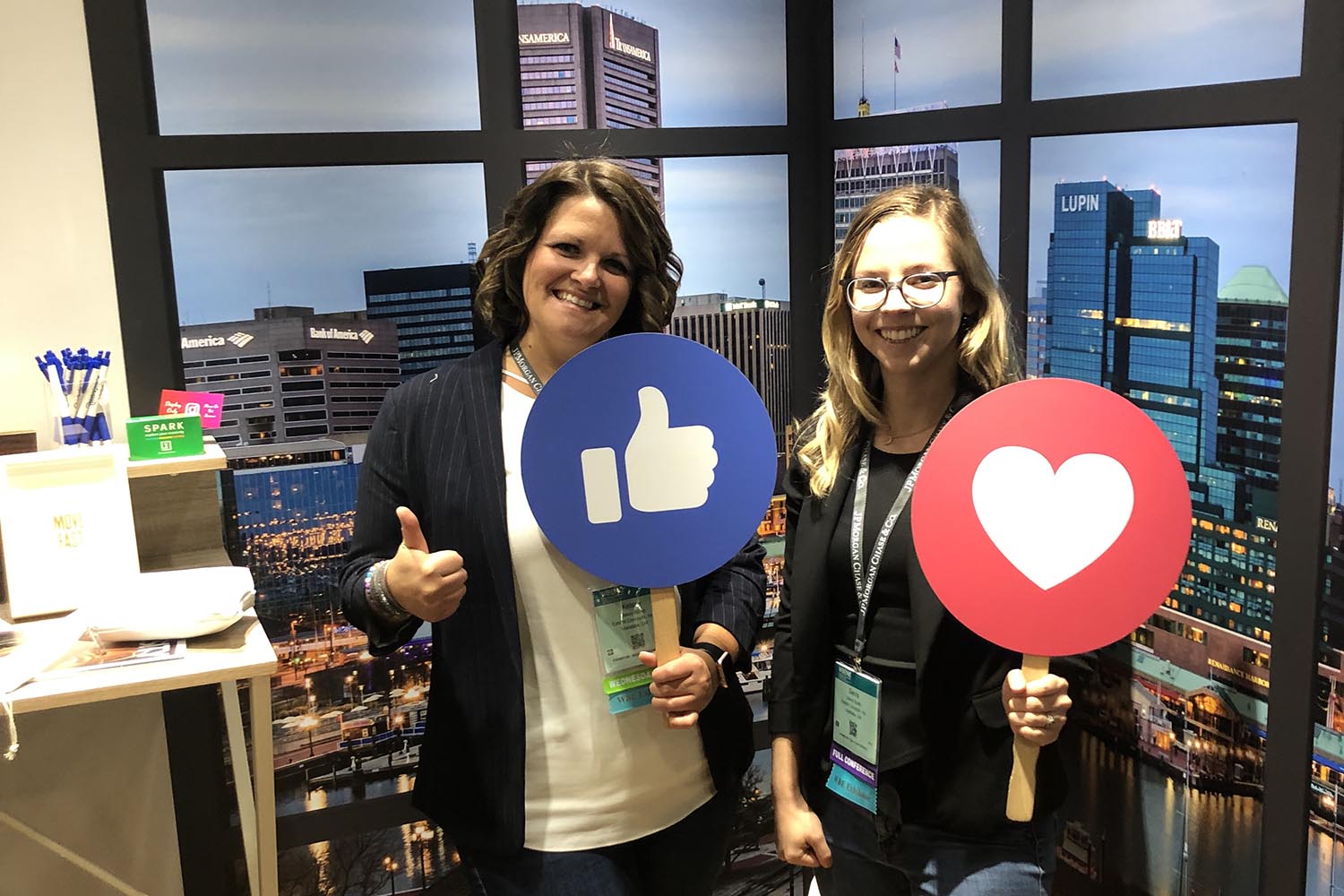
2. Incorporate Social into Your Booth’s Design
If part of your strategy includes the use of a branded hashtag or growing your audience, weaving the hashtag or your social handles into the design is a great way to raise awareness. It’s your real estate, and you should take advantage of it.
You might also consider including social interactives within the booth. Setting up a photo booth to create an “insta-worthy” experience for attendees or using social aggregation technology such as SocialKiwi, Pixlee or Taggbox is an excellent way to drive engagement and curate user-generated content. Our client, Kellogg’s, sets the perfect example for integrating social media into a booth experience.
When Kellogg’s goes to a show, they’re using both a photo booth and social aggregator to generate engagement. They bring along the famous “Tony the Tiger” and other recognizable characters like “Snap”, “Crackle” and “Pop” to greet attendees and give them an irresistible photo op in their booth. Once you snap the photo, attendees can use the social aggregator Mingle, from our partner Innov8tive Group to post the photo to their social profiles or send them to friends or family via direct messages. When people weren’t engaging with the technology, images from attendees would display. On the panel showing the content, the hashtag was included with a CTA to join in on the conversation.
3. Go Live
It’s hardly a secret that video reigns supreme across all social platforms, especially live video. Facebook stated in 2018 that live video averages six times as many interactions as regular videos. Utilizing this feature is an excellent way to generate more foot traffic to your booth or to tease new product releases or demos.
Before you go live, make sure all your equipment is working, and your team is rehearsed and ready to go. Best practices will vary by platform, but as a rule of thumb, make sure you notify your loyal following at least 15 minutes before pressing record. Once live, platforms will notify your audience. At a minimum, keep the stream running for at least 20 minutes and pay attention to time restrictions on each platform. There’s nothing worse than getting to the grand finale and having your stream cut off.
Video production isn’t the only thing to think about when you go live. Writing short, captivating teases will rope your audience into the stream. Be short, sweet, and to the point and don’t give away key information. The trick is to tease people into sticking around. You can also generate a little web traffic by pinning related content to the comment section or including it in the post text.
4. Create “Snackable” Videos
If video is not a component of your social strategy, consider yourself left out of the loop. 80% of users recall a video ad they’ve viewed in the last month, 70% of marketing professionals see higher conversion rates from video compared to other mediums, and marketers who incorporate video into their strategies grow revenue 49% faster than non-video users. Those statistics don’t begin to cover the tip of the video iceberg!
It’s not difficult to create video anymore, either. While a produced, professional video still has its use, so do quick, snackable videos produced through smartphone apps or web software. The type of video you create is dependent on your strategy and goals, but there are several best practices to keep in mind. Your video should be at least 15 seconds long or a maximum of two minutes. Be mindful of length restrictions on each platform, as, for example, Instagram only allows a maximum of one minute.
Here’s an example of one of our snackable, social videos:
Remember, the majority of your users will be viewing your video on a mobile phone with the sound off. On Facebook alone, 85% of video is consumed without sound. Focus on creating mesmerizing visuals, and if you’re interviewing subjects or conveying a message, it’s essential that you accurately caption your videos.
5. Tell Your Story with the “Stories” Feature
A trendy feature on social platforms is “stories.” These are bite-sized video snippets, images, and text that disappear after 24 hours and are popular on Instagram or Facebook. According to SproutSocial, over 400 million people use the Instagram Stories feature every day.
Stories give you a plethora of creative features to take advantage of when promoting your trade show experience. You can add polls, open-ended questions, quizzes, countdowns, and more. To add context or spruce up your image or video, you can include text in a variety of fonts and colors, drawings, GIFs, or filters.
With engaging, bite-sized content, you can effectively tease product releases, demos, or presentations, showcase the before, during, and after, and spark private conversations with your audience. While this content doesn’t have a long shelf life, it’s vital for catching your audience in the moment and keeping your brand top of mind.
6. Go “Behind-the-Scenes”
We see the glitz and the glam from brands all day in our feeds. But, what about the behind-the-scenes footage? Capitalizing on the work that goes into putting on a spectacular experience is low hanging fruit your brand should take advantage of in your feeds.
People are curious and intrigued by the people and the processes behind the brand. Mix up your formats and include photos, videos, or linked content showing off your booth’s set-up, how your team brought engagement to life, or tease to the show’s open and entice attendees to visit with your brand.
This content is the easiest to create and curate. A quick snap to your Insta-story or a 30-second time-lapse video is perfect for showing off your team’s hard work.
7. Utilize your Employees
Celebrities and influencers will help your brand expand your social reach, but what you may not realize is that your staff is a powerful force for increasing reach and engagement.
LinkedIn found that while only 2% of employees reshare their company’s social posts, they’re responsible for 20% of the overall engagement. According to Hootsuite, most people trust a regular employee (53%) rather than a CEO! Your brand’s employees are influential advocates that shouldn’t be forgotten.
After we publish new content, awards, show photos, or announcements, we send an e-mail to all our employees with links and instructions on how to share our content to their profiles. Sure, they might be sharing this content with family and friends that may not be your targets, but some may be connected to potential prospects or clients that didn’t know it’s the content they need. The more your employees share and engage, the more you establish trust and rapport with those targets.
Social media can be tricky to nail down, but when it comes down to it, be human and conversational. Every time you publish posts or engage with your audience, think of your “why” and ask yourself, “If I saw this post in my feed, would I engage with it?” If the answer is no, your audience likely won’t engage with it either.


